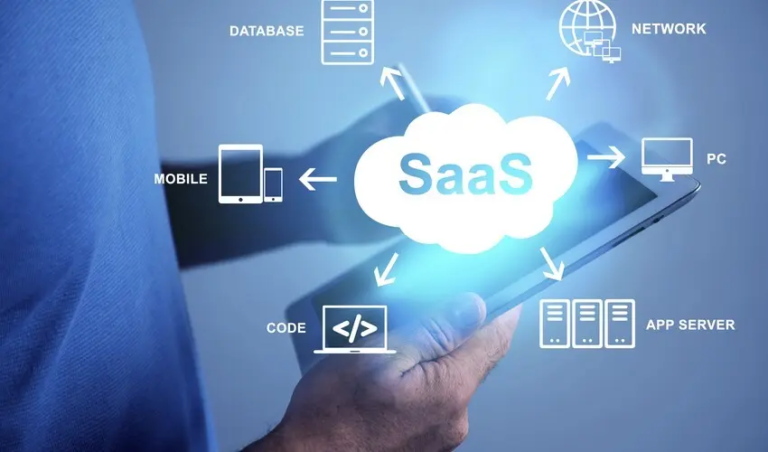In the world today, where everything keeps changing daily in terms of technology like Generative AI, machine learning, and quantum computing, the old batch of application development is not fast enough to keep in step. Innovation is simply impossible here, mostly in case speed and agility are of paramount consideration so that potential market opportunities won’t be missed.
Industries that have a view on the user experience and Over the-Top (OTT) application development are now finding themselves in a tight corner trying to strike a balance between seamlessness into the other components and how fast they can be deployed, thus providing an impetus for more effective, adaptive development processes.
For example, OTT APIs have different kinds of protocols and authentication methods. If they are not aligned properly with each other, failures could result in data parsing and communication problems.
Using templates dedicated to particular use cases or industries, developers usually tend to become more productive by reducing the amount of time spent on getting a hang of the process.
Difficulties In The Traditional Processes
Development cycles that have been traditionally followed are usually characterized by long, linear sequences of work. Each phase-glossary of requirements, design, implementation, testing, and deployment-have to be completed one after the other, making the entire process a very cumbersome one. Conditions such as difficulties in revisiting and changing a completed phase arise, compromising the process further. Thus, adjusting with changing consumer preferences and market trends becomes an uphill task, and this nonadaptability can slam-tighten economic opportunities in fast-moving industries.
Traditional models face huge integration challenges with complex OTT APIs. Developers are expected to bring the new system into compatibility with older infrastructure-a dangerous position, indeed, when this very infrastructure was not really meant to work with the current technology or data format. Even more complex integration issues emerge when OTT APIs differ in protocol and authentication: if matchless, data corruption and communication breakage arise, damaging integration.
App development must also take platform and user experience consistency into account. Differentiated systems often cause user interface issues, particularly across platforms, which can negatively impact user satisfaction in the medium of interaction with the content. Because of differences in platform performance, seamless integration becomes necessary for error minimization while ensuring unobstructed access to the content. Future tech like Gen AI finds its way into keeping up with changing consumer behaviors while catering to varied user demographics.
The Significance of Gen AI
Gen AI has fundamentally altered app development processes, making the aforementioned more effective by providing ready-made templates, AI-generated codes, and automation tools for integration. By making use of templates for more specific use cases or industries, devs will quickly speed up this process, thus not spending an inordinate amount of time on the initial learning curve. A self-developing template library enables the use of customized templates for particular requirements to create a seamless and efficient app development process.
Gen AI can also accomplish automatic changes to a consistent look and feel by distinguishing between themes, fonts, and branding elements across platforms; thus simplifying the design while ensuring consistency with minimal manual effort.
AI-generated code can automate mundane processes like changing UIs, connecting to databases, or setting up authentication schemes, allowing developers to spend more time working on less routine processes where human intervention is ideally suited. This also speeds up the development cycle by allowing automated integration solutions to automatically manage API connections and data transfer between disparate services. Gen AI thus simplifies integration with content libraries, authentication systems, and goodwill services while conserving time and minimizing regression defects in backend processes.
By analyzing existing data and design patterns, Gen AI facilitates rapid app development, design variations and functional prototypes for improved running apps. This increases the speed at which developers can experiment with diverse creative inquiries as opposed to traditional means. Furthermore, Gen AI ensures the incorporation of real-time feedback in mobile app development. Because there exist constant feedback loops for interacting with prototypes, developers can therefore ascertain user insights. Through such continuous yet real-time feedback, the development teams can quickly establish strengths and weaknesses in their interactive designs that will have to be modified immediately to improve functionality as well as user satisfaction. This mode of analysis also makes it possible to have current demand reasons for redesigning the application so that it remains contemporary and relevant.
Gen AI can even advise on potential risks and challenges during early development stages. If a certain set of functionalities continually gets bad reviews during testing, these features can be worked on by the developers previously to make sure that they do not later evolve into some bigger ones affecting user experience post-launch. Such a condition thus optimizes resource use as it directs efforts toward highly impactful areas, thereby streamlining development processes.
Use Gen AI and cut down the time-to-market. It takes the organization ahead, under modern and changing configurations, because that product becomes more in line with the customer’s needs. Such operational efficiency propels a company into the increasingly competitive edge, where agility and adaptability in successful business environments are key.
Frequently Asked Questions (FAQs)
What is meant by rapid app development?
Rapid application development (RAD) means an adaptive model for software development wherein, with less emphasis on concrete planning, prototyping, and quick feedback take the forefront in consideration. In general, the RAD perspective prioritizes development and the building of a prototype over planning.
What are the 5 stages of rapid app development?
- Business modelling
- Data modeling
- Process modeling
- Application generation
- Testing and turnover.






